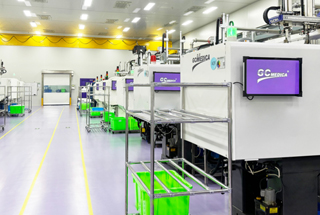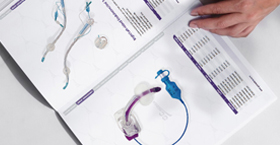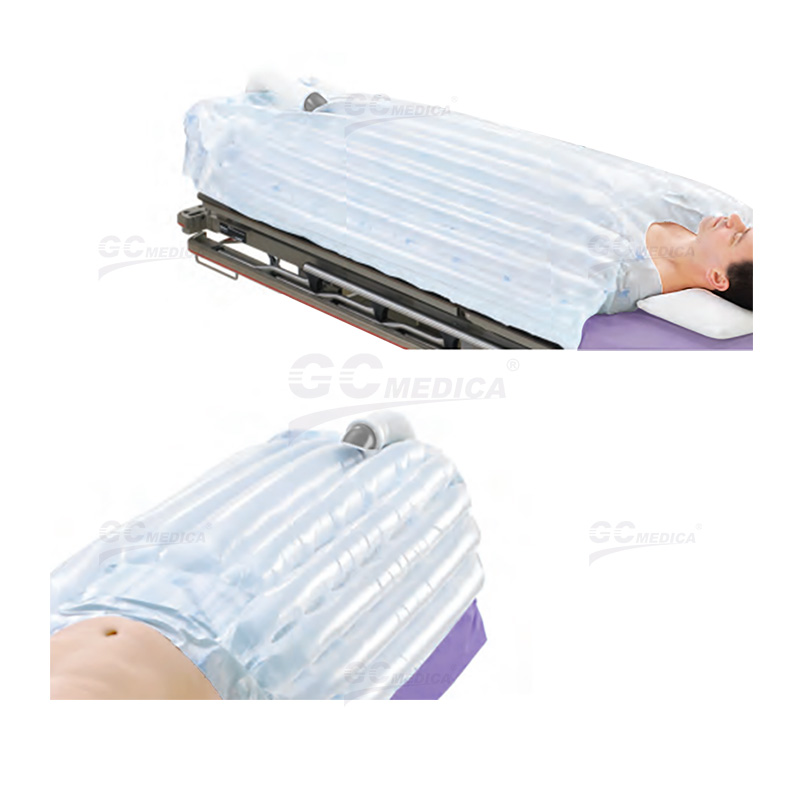Maintaining normothermia—normal body temperature—is essential in medical settings to prevent complications such as surgical site infections, increased blood loss, and prolonged hospital stays. Forced air warming blankets are widely used to prevent and treat hypothermia in patients undergoing surgical procedures. This article explores the benefits, applications, and clinical best practices associated with forced air warming blankets.
 GCMEDICA Closed Suction Catheters Online Promotion
GCMEDICA Closed Suction Catheters Online Promotion
Benefits of Forced Air Warming Blankets
Prevention of Hypothermia: Forced air warming blankets effectively maintain core body temperature during surgery, reducing the risk of hypothermia and its associated complications.
Reduction in Surgical Site Infections (SSIs): Maintaining normothermia with forced air warming has been linked to a lower incidence of SSIs, enhancing patient recovery and outcomes.
Improved Patient Comfort: By providing consistent warmth, these blankets enhance patient comfort during perioperative care, reducing shivering and thermal discomfort.
Enhanced Hemodynamic Stability: Maintaining body temperature helps in stabilizing heart rate and blood pressure, contributing to overall hemodynamic stability during procedures.
Reduced Recovery Time: Patients maintained at normothermia tend to experience quicker recovery times post-surgery, facilitating earlier mobilization and discharge.
Uses of Forced Air Warming Blankets
Forced air warming blankets are utilized across various stages of patient care:
Preoperative Warming: Warming patients before surgery can reduce the initial redistribution hypothermia that often occurs after anesthesia induction.
Intraoperative Warming: During surgery, these blankets help maintain core temperature, especially in procedures lasting more than an hour or involving significant exposure.
Postoperative Warming: After surgery, continued use assists in stabilizing body temperature, reducing shivering, and enhancing overall comfort during recovery.
Clinical Best Practices
To maximize the effectiveness and safety of forced air warming blankets, healthcare providers should adhere to the following best practices:
Proper Device Selection: Choose an appropriate blanket size and design tailored to the patient's body and surgical procedure to ensure efficient heat distribution.
Temperature Monitoring: Continuously monitor the patient's core temperature to adjust the warming settings as needed and prevent overheating or inadequate warming.
Maintaining Sterility: Ensure that the warming device does not compromise the sterile field. Position the blanket and equipment to avoid contamination.
Regular Equipment Maintenance: Perform routine checks and maintenance of the warming units to ensure they function correctly and deliver accurate temperature settings.
Patient Assessment: Evaluate patients for contraindications to warming therapy, such as certain skin conditions or impaired thermal regulation, to customize care appropriately.
Staff Training: Provide comprehensive training for all operating room personnel on the correct use of forced air warming systems, emphasizing safety protocols and emergency procedures.
Conclusion
Forced air warming blankets play a pivotal role in maintaining normothermia during surgical procedures, offering benefits such as reduced risk of hypothermia, decreased incidence of surgical site infections, and improved patient comfort. Adhering to clinical best practices ensures the safe and effective use of these devices, ultimately enhancing patient outcomes and recovery experiences.


 Français
Français Español
Español Products
Products

 About Us
About Us












